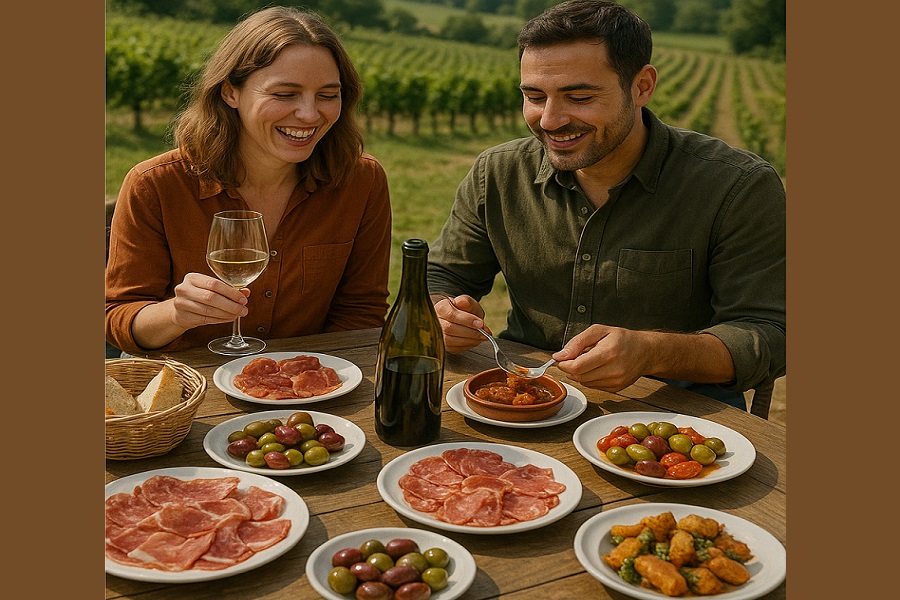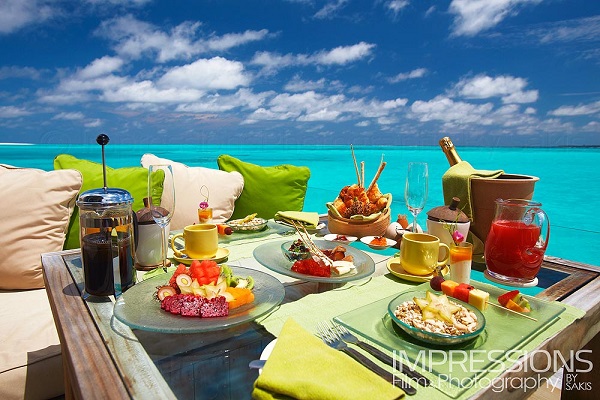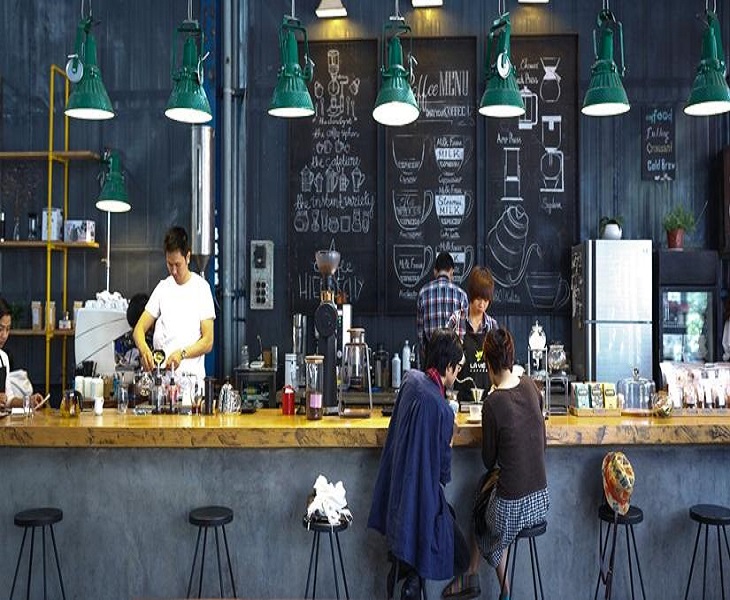Food and Beverage Tourism: Savoring the World, One Bite at a Time

In recent years, travel has evolved beyond sightseeing. More and more travelers are packing their bags not just for scenic views, but for flavorful experiences. This is the essence of Food and Beverage Tourism—a journey driven by the desire to explore the world’s culinary traditions, taste authentic dishes, and understand cultures through their flavors.
What is Food and Beverage Tourism?
Food and Beverage Tourism, also called culinary tourism or gastronomic tourism, focuses on exploring destinations primarily for their food and drink. Whether it’s sipping wine in France’s Bordeaux region, tasting street food in Bangkok, or learning to make pasta in Italy, this form of tourism blends culture, creativity, and cuisine.
Why It’s Growing in Popularity
Cultural Connection – Food is a universal language that bridges cultural gaps.
Authenticity – Travelers seek genuine, local dining experiences rather than globalized fast food.
Experiential Travel – People prefer interactive activities like cooking classes, farm visits, or food festivals.
Social Media Influence – Instagram-worthy dishes and food vlogs inspire culinary journeys.
Popular Activities in Food and Beverage Tourism
Street Food Tours in cities like Mumbai, Hanoi, or Mexico City.
Vineyard and Brewery Tours with tastings and pairings.
Cooking Classes with local chefs.
Food Festivals celebrating regional specialties.
Farm-to-Table Experiences visiting local producers and markets.
Tips for Culinary Travelers
Research local specialties before your trip.
Book tours or classes with reputable local guides.
Keep an open mind—be ready to try unfamiliar flavors.
Respect cultural dining customs and etiquette.
A Journey for the Senses
Food and beverage tourism is about more than satisfying hunger—it’s about storytelling. Every dish carries history, tradition, and the soul of its people. For the curious traveler, every bite is a passport stamp, every sip a new chapter in a delicious global adventure.























